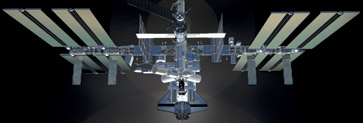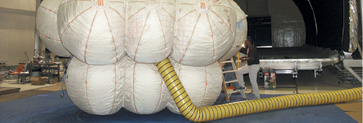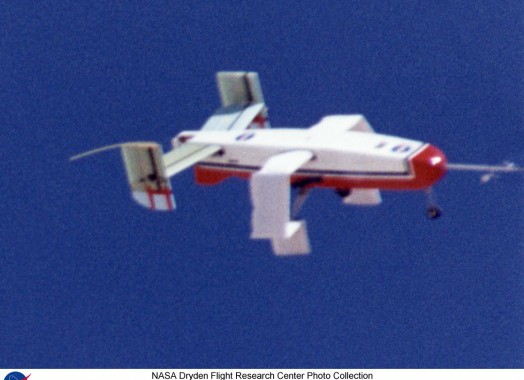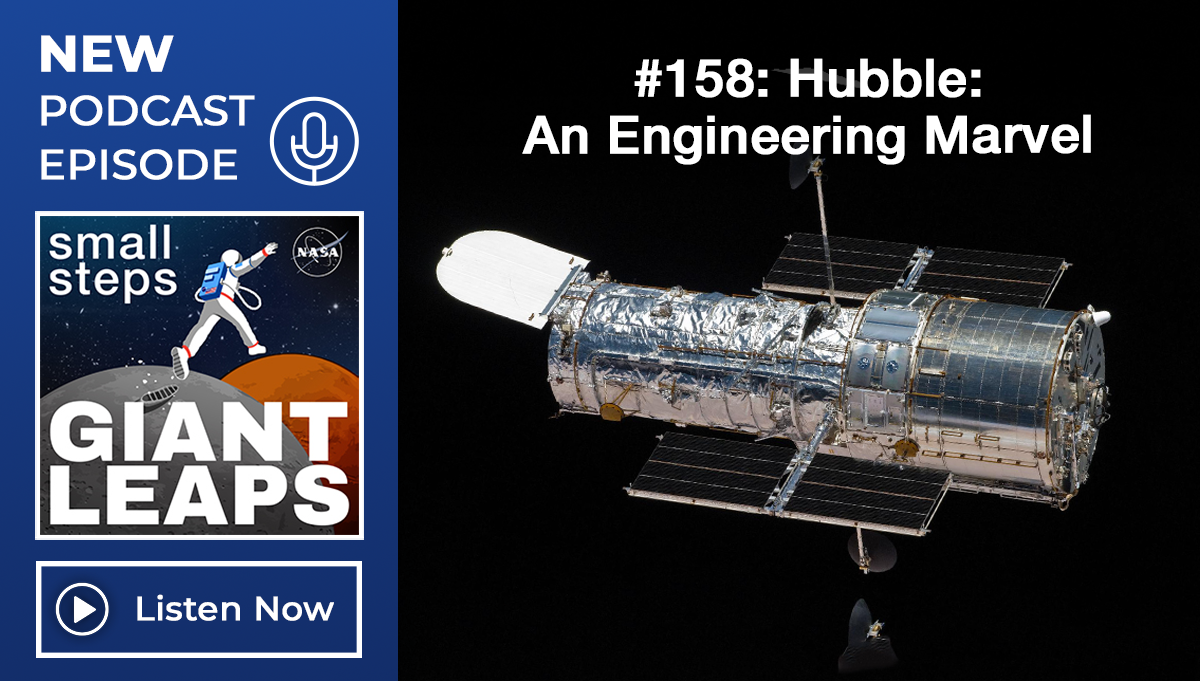By Terry Little My experience, both first- and second-hand, has been that people have misused prototyping almost as often as they have used it wisely.
Organization: HQ
By W. Scott Cameron As I approach my 55th birthday, the “you can’t teach an old dog new tricks” keeps coming to mind.
By Craig Lawrence IDEO (pronounced “eye-dee-oh”) is an international design, engineering, and innovation firm that has developed thousands of products and services for clients across a wide range of industries.

By Larry Lawson When I was program manager for Lockheed Martin on the Joint Air Surface Standoff Missile (JASSM), the government-stated objective for this stealthy high-performance cruise missile was a unit price of $400,000.

By Steven A. Gonzalez’s When it came time to buy the next-generation data storage system for the Mission Control Center at Johnson Space Center, we asked our contractor who provides Control Center support to come up with a solution that would consolidate three current storage systems, as well as provide additional capability and functionality — […]

By Tom P. Rivellini Here I was: 26 years old, I had never worked on a flight project before, and all eyes were on me.
By Scott Tibbitts This story begins with a bit of serendipity: I was on a trip to see a Shuttle launch and I happened to sit next to a guy who was in charge of batteries for Space Systems/Loral.

By Brian K. Muirhead We came up with two basic concepts for landing Pathfinder on the surface of Mars.

By Jeffrey Bauer Back in 2000, one of the potential Mars projects involved delivering and then flying an observation plane over the planet.





